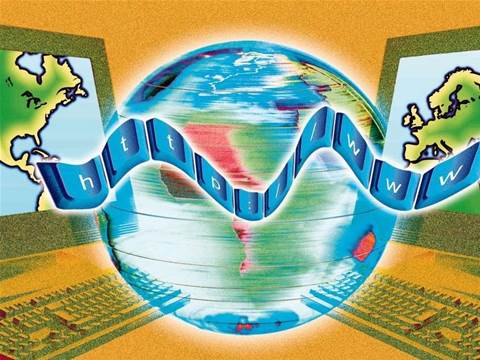The number of sites on the internet has topped one trillion, according to figures from Google.
The search giant said that its databases have catalogued the huge number by counting URLs and recording each link within a page.
The milestone comes 10 years after Google revealed its first tally, which recorded some 26 million sites. By 2000, that number had grown to one billion.
Google software engineers Jesse Alpert and Nissan Hajaj said in a company blog that the figure applies only to unique URL addresses, and not actual web pages.
"Strictly speaking, the number of pages out there is infinite," they explained. "For example, web calendars may have a 'next day' link, and we could follow that link forever, each time finding a 'new' page."
As the web has expanded, so have the requirements for indexing. The engineers said that, in its early days, Google could process and rank each of the 26 million pages on the web with a single workstation.
These days, the task of calculating page rank is equal to indexing and ordering every single intersection in the US multiplied by 50,000.
"To keep up with this volume of information, our systems have come a long way since the first set of web data Google processed to answer queries," wrote Alpert and Hajaj.
"Today, Google downloads the web continuously, collecting updated page information and reprocessing the entire web-link graph several times a day."
Web address total tops one trillion
By
Shaun Nichols
on Jul 29, 2008 9:49AM

Got a news tip for our journalists? Share it with us anonymously here.
Partner Content

Guiding customers on the uneven path to AI adoption

MSPs with a robust data protection strategy will achieve market success

How Expert Support Can Help Partners and SMBs Realize the Full Value of AI
_(21).jpg&h=142&w=230&c=1&s=1)
Empowering Sustainability: Schneider Electric's Dedication to Powering Customer Success

Shared Intelligence is the Real Competitive Edge Partners Enjoy with Crayon






.jpg&w=100&c=1&s=0)
_(8).jpg&w=100&c=1&s=0)










